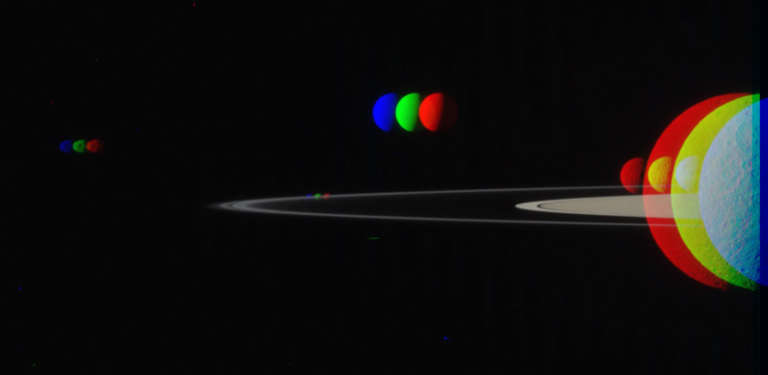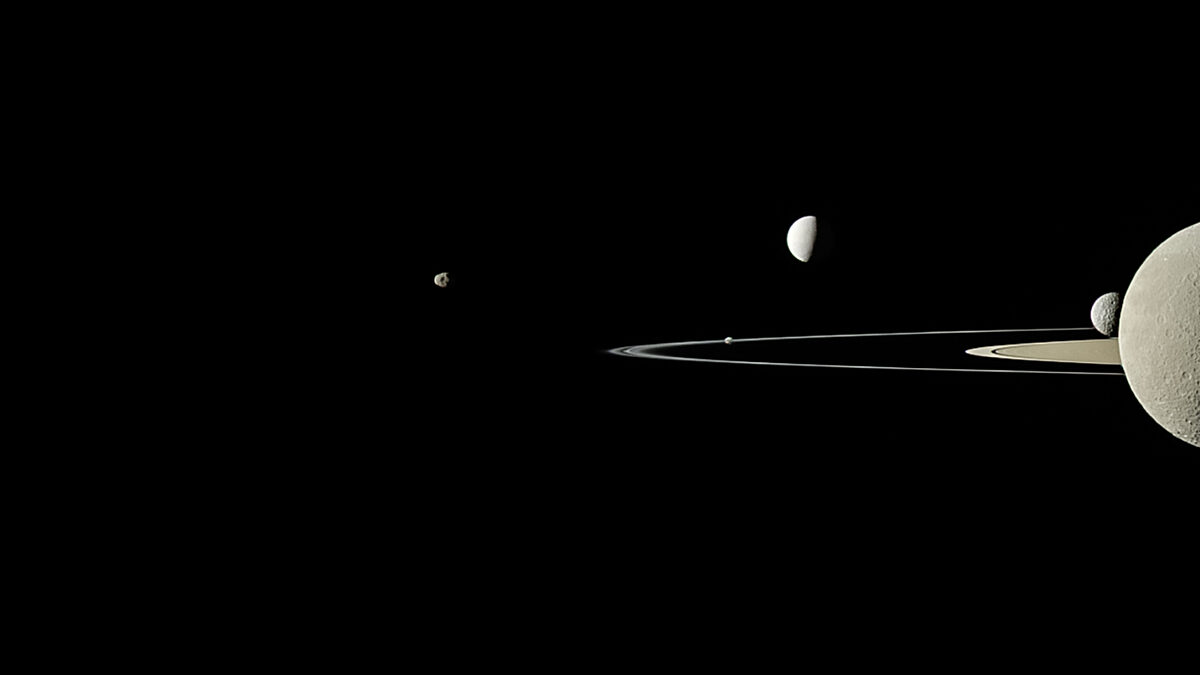Emily Lakdawalla • Aug 09, 2013
Want to learn how to process space images? Take my Cosmoquest Academy class!
The Planetary Society and Cosmoquest have teamed up to offer a short course in space image processing, and I'll be teaching! Here's the description:
Introduction to Space Image Processing
This four-session class will introduce you to spacecraft image processing, with particular focus on Mars Exploration Rover and Cassini images. By the end of the class, you'll be able to find and improve pretty pictures from Mars and Saturn, with motion and color. No previous experience or understanding of image processing is necessary. Exercises in the class will use free and open-source GIMP software.
Mondays and Wednesdays, October 14-23, 2013, 8-9 AM PDT / 11-noon EDT / 15h-16h UTC
-or-
Mondays and Wednesdays, October 14-23, 2013, 8-9 PM PDT / 11-midnight EDT
Note that there are two sections -- you choose either the morning one or the evening one. (My morning or evening, that is!) Cosmoquest Academy classes are limited to eight students per section, conducted face-to-face via Google Hangouts. They are not Hangouts on Air; this is not open to the public. You will interact with me and the rest of the class via webcam through a private Hangout. The class is intended for people who are total newbies to space image data and image processing. If this goes well and there is interest, I'll teach a followup class that digs deeper into the data archives and goes through more advanced methods.
The fee is $100; it's only $70 for Planetary Society members. (Not a member? Join here!) If you're a member and want to take the class, send me an email with your member number before you register, and I'll get you the discount code. I will work through class exercises using the free and open-source GIMP software for processing images. If you do plan to take the class and aren't familiar with GIMP, you should download and install GIMP and run through this quick tutorial to learn the basics of the software.
If you have always wanted to learn how to make pretty space images, now's your chance!


The Time is Now.
As a Planetary Defender, you’re part of our mission to decrease the risk of Earth being hit by an asteroid or comet.
Donate Today

 Explore Worlds
Explore Worlds Find Life
Find Life Defend Earth
Defend Earth

